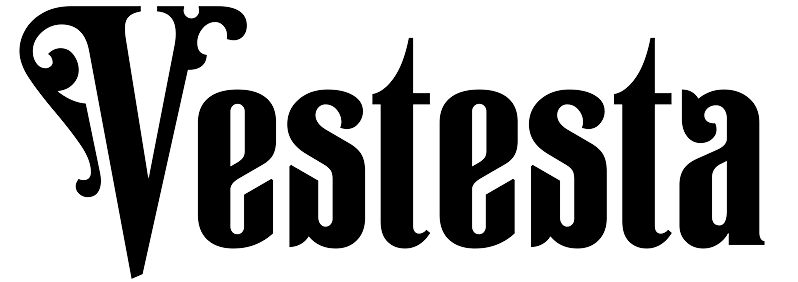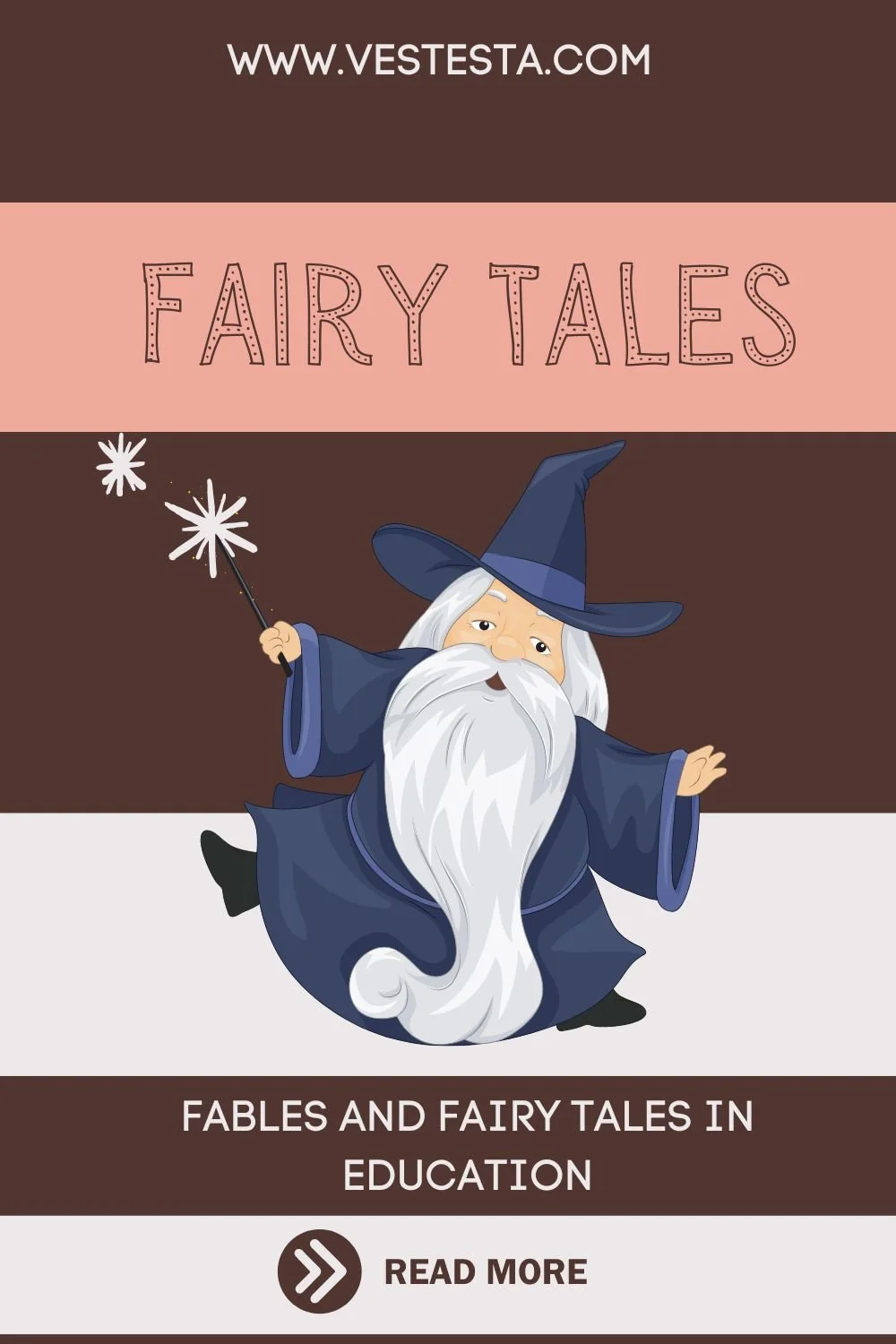Fables and Fairy Tales in Education: An Introduction
In the mosaic of human culture and learning, fables and fairy tales occupy a cherished place, weaving through the annals of time as some of the earliest forms of storytelling. These genres, rich in lore and wisdom, have traversed centuries, transcending geographical boundaries to enchant diverse audiences. Fables, with their roots deeply entrenched in ancient civilizations, employ animals and inanimate objects as protagonists to convey life lessons and moral truths. Fairy tales, on the other hand, unfold in fantastical realms, brimming with magic, heroes, and quests, often culminating in profound moral insights or happy endings.
Historically, both fables and fairy tales served as the bedrock for communal storytelling, imparting wisdom, entertaining listeners, and fostering a shared cultural identity. They were the oral traditions’ gems, passed from generation to generation, gradually evolving yet retaining their core essence—to educate and enlighten.
Today, the educational value of fables and fairy tales is universally acknowledged, finding a prominent place in curricula around the globe. These narratives are not merely tales of yore but powerful pedagogical tools that offer a treasure trove of benefits. They are instrumental in instilling moral values, enhancing literacy, and stimulating the imagination of young minds. Through the captivating journeys of their characters, children learn about virtues such as honesty, bravery, kindness, and perseverance. Moreover, the rich, metaphorical language of these stories aids in developing linguistic skills, encouraging a love for reading and a deep appreciation for the nuances of language.
As we delve into the role of fables and fairy tales in education, we explore not just their historical significance but their enduring legacy as cornerstones of moral and literary education. These timeless tales continue to inspire, teach, and shape the ethical foundations of future generations, proving that the lessons they impart are as relevant today as they were hundreds of years ago.
The Educational Power of Fables
Fables have long been a beacon of wisdom, lighting the path of moral education through the ages. These succinct tales, brimming with anthropomorphic characters, have transcended time and culture to teach us life’s invaluable lessons. Let’s embark on a journey to unravel the educational tapestry woven by fables, exploring their essence, the morals they impart, and their unique simplicity that captivates the young and old alike.
Unveiling the Essence of Fables
Fables are a distinct genre of storytelling, characterized by their short length, fictional and often anthropomorphic characters, and a moral conclusion. Unlike other narrative forms, fables distill complex life lessons into simple, engaging stories, making them an ideal tool for conveying ethical guidance. From the tortoise’s slow and steady pace winning the race to the cunning fox that decries the grapes it cannot reach as sour, fables like those attributed to Aesop have embedded themselves in the cultural consciousness as vessels of wisdom.
Narratives of Virtue: Moral Lessons Across Cultures
The heart of a fable beats with the moral lessons it seeks to impart. Historically, cultures across the world have harnessed fables to teach virtues such as honesty, integrity, perseverance, and humility. Aesop’s fables, perhaps the most renowned collection, have served as a moral compass for generations, illustrating through tales like “The Boy Who Cried Wolf” the consequences of deceit and the value of trust. These stories, simple yet profound, offer a mirror to our own actions, encouraging reflection and moral consideration.
The Clarity of Simplicity and Brevity
One of the key strengths of fables lies in their simplicity and brevity. This clear, concise form makes them particularly accessible to children, facilitating understanding and retention. The straightforward narrative structure of fables—introducing characters, presenting a problem, and resolving it with a moral outcome—allows young minds to grasp complex ethical concepts in an engaging and memorable way. This simplicity does not dilute the message but rather amplifies it, ensuring that the moral of the story resonates long after the tale has been told.
Fables in the Classroom: Case Studies of Success
The integration of fables into educational curriculums has shown significant impact on moral education. Case studies reveal how fables have been successfully used to enhance character education in schools, fostering empathy, critical thinking, and ethical reasoning among students. For instance, incorporating Aesop’s fables into reading material or lesson plans has not only improved literacy skills but also facilitated discussions on morals and values, bridging the gap between literary education and character development. Teachers report that stories like “The Ant and the Grasshopper” provide tangible examples of virtues like hard work and foresight, making abstract concepts relatable and actionable for students.
The educational power of fables is undeniable. Through their enduring appeal and timeless wisdom, fables continue to be a cornerstone of moral and literary education. By weaving together the simplicity of language, the richness of moral lessons, and the engaging nature of storytelling, fables remain an invaluable resource in shaping the character and intellect of learners around the globe. As we delve deeper into the realm of fables, let us appreciate their role not just as tales of old but as living lessons that continue to enlighten and inspire.
Fairy Tales as a Gateway to Literacy
Fairy tales, with their enchanting narratives and fantastical characters, have long captivated the hearts and minds of readers worldwide. These stories, set in magical realms where the impossible becomes possible, serve not only as a source of entertainment but also as a vital tool in promoting literacy and fostering a love for reading. Let’s delve into the magical world of fairy tales and uncover how they unlock the door to literacy, imagination, and beyond.
The Enchanted World of Fairy Tales
Fairy tales are a genre of storytelling characterized by magical settings, mythical creatures, and a narrative that often culminates in a moral or lesson. Elements such as talking animals, heroic quests, and the classic battle between good and evil are staples of these tales, weaving a tapestry of adventure and wonder. From “Cinderella” to “Jack and the Beanstalk,” fairy tales transport readers to worlds where magic is a common currency, and dreams can indeed come true.
Sparking Imagination and Fostering Creativity
One of the most profound impacts of fairy tales is their ability to stimulate the imagination and encourage creativity. As children delve into these stories, they embark on a journey through enchanted forests and castle spires, engaging with characters whose experiences are vastly different from their own. This journey not only entertains but also expands the boundaries of what is conceivable, contributing significantly to cognitive and emotional development. By presenting scenarios that defy the laws of the natural world, fairy tales encourage young minds to think creatively, imagine new possibilities, and empathize with characters from a variety of backgrounds and circumstances.
Enhancing Vocabulary and Language Skills
Fairy tales are treasure troves of rich language and diverse vocabulary. The descriptive narratives, filled with elaborate settings and complex characters, introduce children to a wide range of words and phrases, many of which are not encountered in everyday conversation. This exposure to language complexity not only enhances literacy skills but also aids in the development of expressive language and storytelling abilities. Children learn to articulate thoughts more clearly and comprehend more challenging texts, laying the foundation for advanced literacy skills.
The Magic of Interactive Learning
Interactive storytelling sessions with fairy tales offer a dynamic and engaging approach to literacy education. Through activities such as role-playing, story mapping, and group discussions, students become active participants in the narrative, exploring the story’s themes, characters, and settings in depth. These interactive sessions promote critical thinking, boost comprehension, and encourage students to express their interpretations and emotional responses to the story. For example, reenacting scenes from “The Three Little Pigs” can foster a deeper understanding of narrative structure, character motivation, and the moral lessons embedded within the tale.
Fairy tales, with their unique blend of magic, adventure, and moral guidance, play a crucial role in the literacy journey of young readers. They not only enhance vocabulary and language skills but also stimulate imagination, creativity, and emotional growth. By incorporating fairy tales into educational curriculums and embracing interactive storytelling methods, educators can unlock the vast potential of these narratives, guiding students through the gateway of literacy into a world where reading is not just a skill but a lifelong adventure.
Combining Tradition with Modern Educational Techniques
In the evolving landscape of education, the timeless allure of fables and fairy tales meets the cutting-edge possibilities of modern educational techniques. This fusion not only revitalizes these ancient narratives but also expands their educational potential, making learning a multidimensional and engaging experience. Let’s explore how the integration of technology, cross-curricular connections, and cultural diversity can transform traditional storytelling into a dynamic educational tool.
Digital Storytelling: A New Realm of Possibilities
Digital storytelling has revolutionized the way fables and fairy tales are presented and experienced in the classroom. Through apps, interactive e-books, and multimedia presentations, these stories leap off the page, captivating students with animations, sound effects, and interactive elements. This technological approach to storytelling not only enhances engagement but also allows students to interact with the narrative, making choices that influence the story’s outcome or exploring different plot paths. For instance, interactive apps that animate the adventures of characters like the clever fox or the brave little tailor offer a hands-on learning experience, fostering literacy skills and digital proficiency simultaneously.
Cross-Curricular Connections: Bridging Stories and Subjects
Fables and fairy tales offer fertile ground for cross-curricular connections, enriching the educational experience beyond the confines of traditional literacy education. By integrating these stories across subjects, educators can provide a holistic learning experience that resonates with students on multiple levels. In science, tales involving magical plants or animals can serve as springboards for discussions about biology and ecology. Social studies classes can explore the historical and cultural contexts of fairy tales from around the world, while art projects can involve creating visual interpretations of magical tales. This approach not only reinforces academic skills but also encourages creative thinking and problem-solving.
Celebrating Cultural Diversity through Global Narratives
Fables and fairy tales are universal, spanning cultures and continents with tales of wisdom, courage, and morality. Incorporating stories from diverse cultures into the curriculum is an effective way to teach students respect, understanding, and appreciation for global diversity. Through tales like the African fable “Anansi the Spider” or the Chinese fairy tale “The Dragon’s Pearl,” students are introduced to different perspectives and traditions, fostering a sense of empathy and global awareness. This exposure to the rich tapestry of global narratives helps build a classroom environment that values multiculturalism and inclusivity.
By blending traditional tales with modern educational techniques, educators can create a learning environment that is both enriching and innovative. Digital storytelling, cross-curricular connections, and a focus on cultural diversity transform the teaching of fables and fairy tales, making them relevant and exciting for today’s students. This dynamic approach not only preserves the legacy of these age-old stories but also ensures they continue to inspire and educate future generations in a rapidly changing world.
Challenges and Considerations in Modern Education
Incorporating fables and fairy tales into contemporary education, while immensely beneficial, comes with its own set of challenges and considerations. Adapting these age-old stories to reflect modern values, maintaining student engagement, and measuring their educational impact are pivotal to ensuring that these narratives continue to serve as effective pedagogical tools.
Adapting to Modern Values and Sensibilities
As society evolves, so do its values and sensibilities. Many classic fables and fairy tales, while rich in moral lessons and narrative intrigue, also contain elements that may not align with today’s standards regarding stereotypes, gender roles, and inclusivity. Educators face the challenge of adapting these stories to reflect modern values without diluting their essence. This might involve reinterpreting characters and plotlines to promote gender equality, diversity, and a broader range of virtues. For example, stories traditionally showcasing passive female characters can be retold to highlight strength, agency, and leadership, offering students a more balanced representation of roles and capabilities.
Strategies for Engagement in the Digital Age
Engaging students with traditional stories in an era marked by digital distractions requires creative and dynamic strategies. One approach is to leverage the same technology that competes for students’ attention by incorporating multimedia storytelling tools, digital art projects, and online discussion platforms into the curriculum. Another strategy is to connect the themes of these tales to students’ lives and interests, making the narratives more relatable and compelling. Activities such as modern-day parables, where students create their own fables addressing contemporary issues, or interactive storytelling sessions that allow students to choose the story’s path, can also enhance engagement and participation.
Measuring Impact: Literacy and Moral Development
Assessing the educational impact of fables and fairy tales, particularly in terms of moral and literacy development, presents a complex challenge. Traditional tests and assessments may not fully capture the depth of understanding or the internalization of values these stories promote. Alternative assessment methods, such as reflective journals, student-led discussions, and project-based learning tasks, can provide more insight into the students’ comprehension and the stories’ influence on their moral reasoning. Additionally, educators can observe changes in students’ behavior and interactions, looking for evidence of empathy, teamwork, and problem-solving skills that indicate the internalization of the tales’ moral lessons.
Navigating these challenges requires a thoughtful and innovative approach to curriculum design and teaching methods. By adapting content to reflect modern values, employing strategies to engage digitally savvy students, and developing meaningful methods to measure impact, educators can ensure that fables and fairy tales remain a vital part of education, enriching students’ moral and literacy development in a changing world.
Preserving the Legacy of Fables and Fairy Tales
Throughout our exploration of the role of fables and fairy tales in modern education, we have delved into their rich heritage, educational benefits, and the challenges they present in today’s evolving landscape. These narratives, steeped in history and brimming with moral and ethical lessons, have demonstrated their enduring power to captivate, educate, and inspire young minds.
The key to unlocking the potential of these stories lies in their adaptability and the innovative approaches educators can employ. By updating these tales to reflect contemporary values, leveraging technology to enhance engagement, and employing creative strategies to assess their impact, we can ensure that the wisdom contained within these age-old narratives continues to resonate. The simplicity and moral clarity of fables, combined with the imaginative richness of fairy tales, offer unparalleled opportunities to foster literacy, critical thinking, empathy, and a deep-seated appreciation for storytelling.
As we stand at the crossroads of tradition and innovation, the call to action for educators is clear. There is a pressing need to breathe new life into these timeless tales, making them relevant for today’s learners. By embracing the challenges and harnessing the opportunities these stories present, educators can preserve their legacy and continue to harness their power to shape character, morality, and a lifelong love for learning.
Let us, therefore, commit to keeping the enchanting world of fables and fairy tales alive in the hearts and minds of students. Through creativity, adaptability, and a deep understanding of their value, we can ensure that these stories continue to enlighten and inspire generations to come, proving that even in our fast-paced, digital age, the lessons they teach are as important as ever.






0 Comments